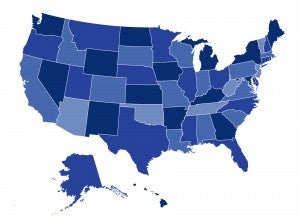The Impact of Unions on Employer-Sponsored Health Insurance

In just the first eight months of 2023, over 323,000 workers engaged in a labor action against their employers. Unions have been demanding better wages, protections, and benefits—including better health plans. CHIR’s Maanasa Kona takes a look at the role of unions in securing affordable health coverage for workers, including the innovative strategies they’ve used to reduce the unsustainable growth in health system costs.







